We use cookies to make your experience better. To comply with the new e-Privacy directive, we need to ask for your consent to set the cookies. Learn more.
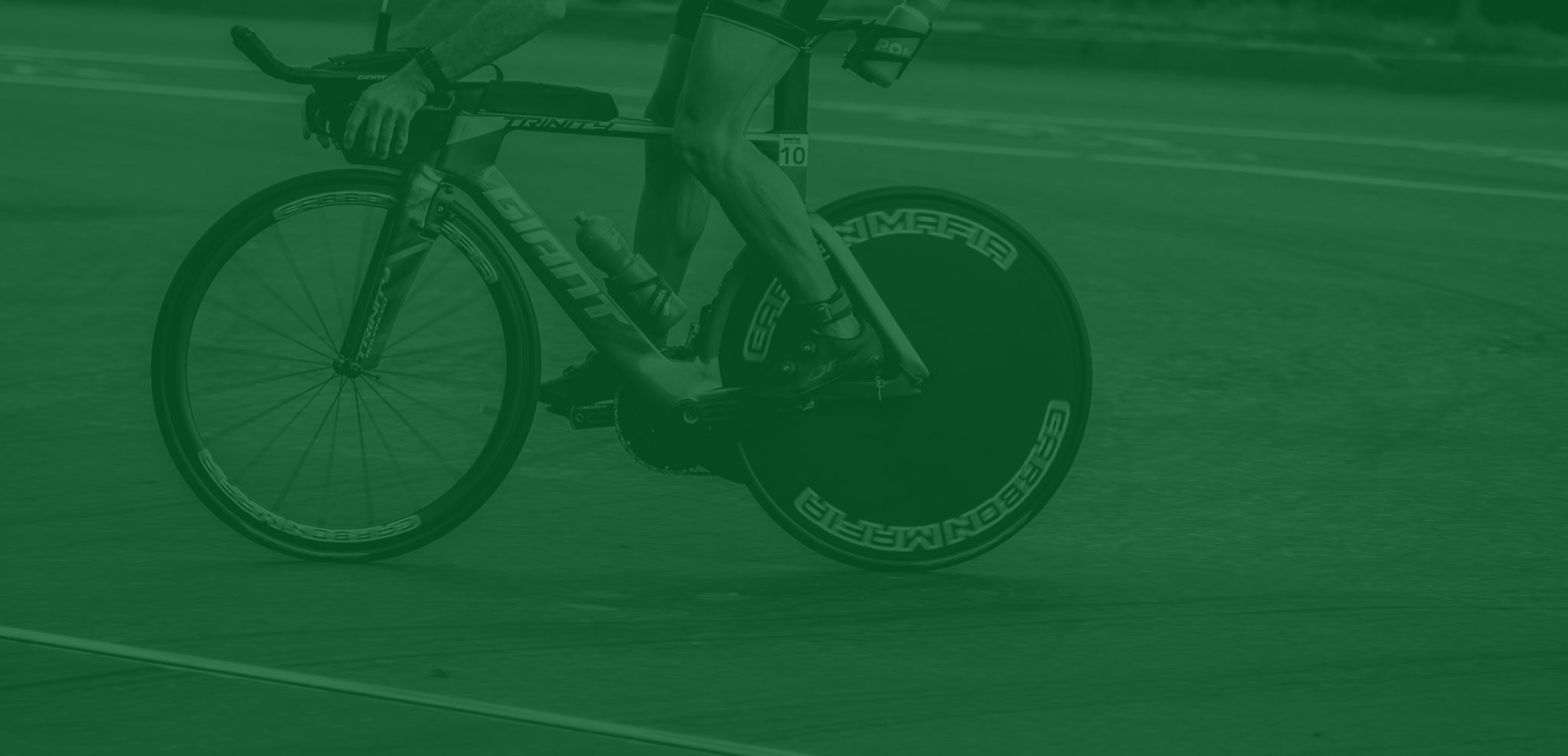
CYCLING GEAR
You don’t necessarily need a triathlon bike to complete an IRONMAN. You do need to find a balance of speed and comfortability that suits you, when choosing a bike. Know your level and choose a bike that you’d love to continue using after the IRONMAN race is over.
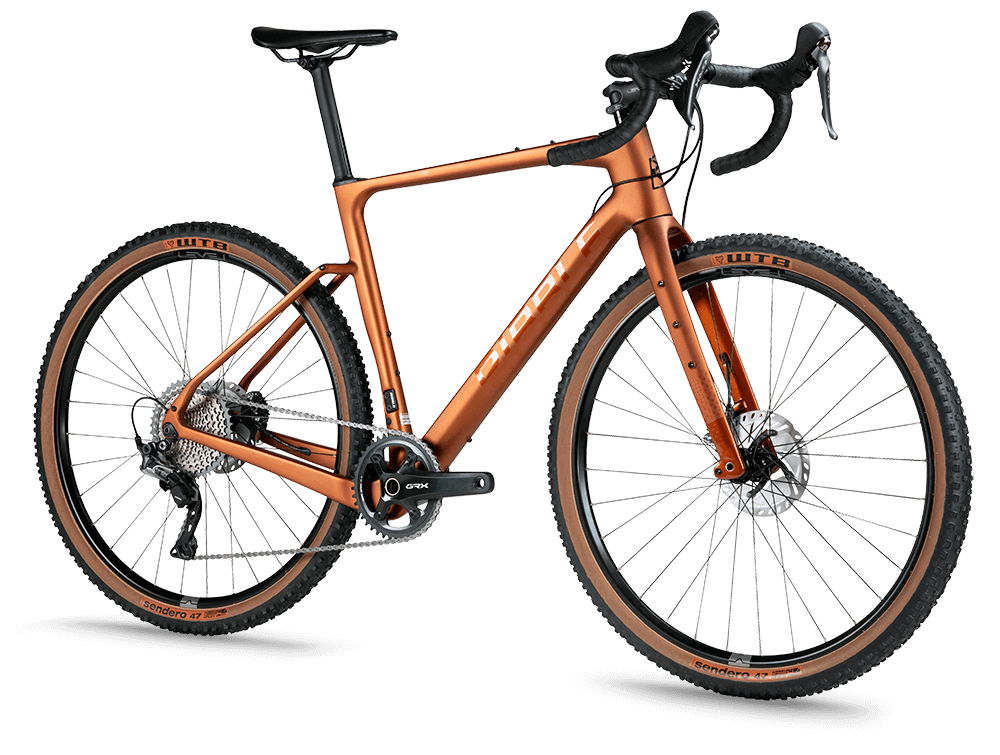
GRAVEL BIKE
Starting with a bike that is overall slower that road or TT bikes, but at the same time is more hybrid. Gravel bikes have come into to scene big time over the last years. Their look is closest to road bikes due to their geometry and components. They are mainly meant for terrain, forest tracks, gravel, but you can do well with this bike on the road as well.
The main difference compared to road bikes is in the tires. Gravel bike tires are a little wider, have deeper tire treads and a wider fork. Due to the differences the gravel bike is a bit slower in the asphalt than road bikes. If you’re looking for one bike to ride along gravel roads, but also have faster sprints on the road, then this is the bike for you.
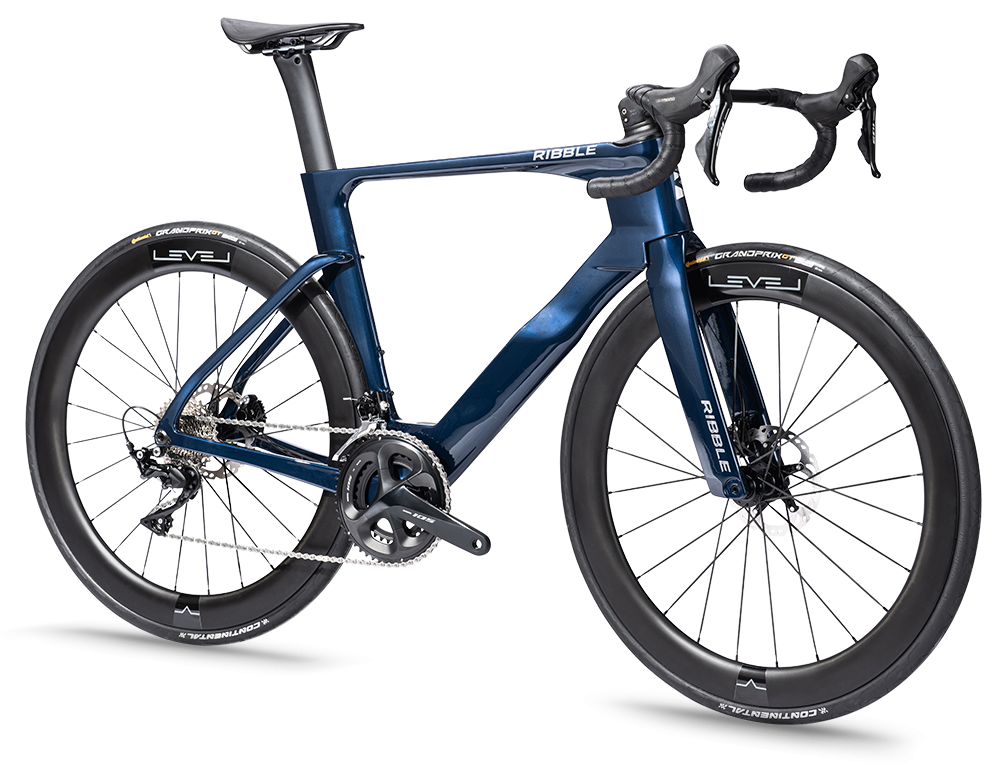
ROAD BIKE
Road bikes are meant for training and competing on asphalt. The bike frame is light, the tires smooth and narrow. The price difference between one bike and another is mainly due to the frame material and components. Road bikes in the lower price range have aluminium frames, higher priced ones carbon. Carbon frame is stiffer, so all the power is directed to moving forward and the bike does not yield.
In addition, bikes in the higher price range have more high-quality components, which last longer and react better to the users wishes. Aluminium bikes are constantly getting better in the components and stiffness, it would be a good bike for a beginner.

TRIATHLON BIKE
A triathlon bike is different from a road bike in many aspects. The most visible one is the straight handlebars with extensions. This helps to have a more aerodynamic position.
In addition, the bike has hidden brakes and wider rims (edges of the wheels) to decrease wind drag or make the wind work for the athlete. Disc wheels, which have no spokes, are also used to have minimal wind drag. If the wind direction is right the disc wheel works as a sail and can give a big advantage.
If there are strong side winds, however, then the athletes with disc wheels must be ready for strong side forces, which make it difficult to control the bike. Therefore, in windy situation wheels with higher rims, aka aero wheels, with rim width around 50-80 mm are preferred. For example, at IRONMAN Hawaii disc wheels are forbidden due to constant strong winds.
VIDEO – CHOOSING A TRIATHLON BIKE
BIKE SIZE
When you have decided on the bike type, it is important that you purchase the right size bike. The frame size depends on your height. In order to have effective practices and avoid injuries, it is important to have a suitable position for your body on the bike. We suggest asking for help from specialist for that.
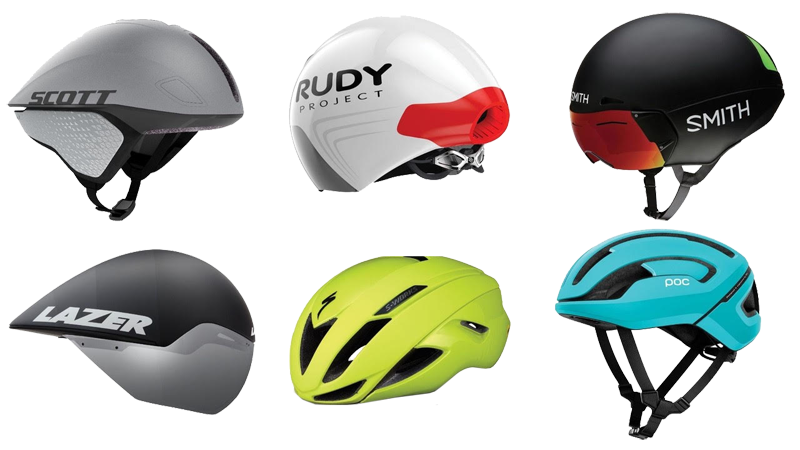
HELMET
It is important that you wear a helmet when cycling. The helmet must be in the right size. There are helmets with a lot of different designs and functions. Traditional helmets work very well for training, but there are also options of aero helmets. They are more aerodynamic, but the downside can be poorer ventilation.
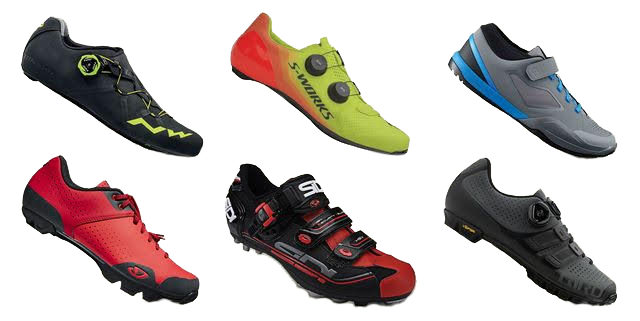
BIKE SHOES
Bike shoes need to be comfortable, but at the same time have stiffer soles. The stiffer the sole, the less power you lose due to the flexibility of the shoe. There are special bike shoes for triathlon that are easier to put on and take off.
When you go out cycling it is important to have bottle holders or other hydrations systems on your bike. Also, take a pump and a spare tire with you.
